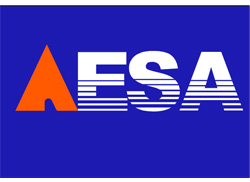Application of near-infrared spectroscopy (NIRS) in the physiological assessment of sprint triathlon
Keywords:
Sprint triathlon, NIRS, Physiological Profile, Laboratory, PerformanceAbstract
The purposes of the present investigation were: 1) to explore the utility of Near Infrared Spectroscopy (NIRS) as a measurement tool within triathlon; 2) create a profile of the physiological responses to triathlon.
A laboratory based study explored the utility of multi-site NIRS as a measurement tool within triathlon using recreational male triathletes (n=11). Participants completed maximal incremental exercise tests on a treadmill, cycle ergometer and swim ergometer, before completing a simulated sprint distance triathlon. A comprehensive profile of global and peripheral responses throughout the sprint triathlon was created, including pulmonary oxygen consumption, heart rate, blood lactate concentration, RPE and multi-site NIRS (vastus lateralis and latissimus dorsi). Repeated measures ANOVA was used to analyse the differences between relative intensity of TSI (%), HR and V̇O2 responses across triathlon stages.
NIRS devices were able to inform upon muscle oxygenation status across the simulated triathlon. NIRS identified different oxygenation responses between upper and lower limbs throughout; p=0.016 and identified a greater peripheral measurement variability between participants compared to global physiological measures.
As a measurement tool NIRS has the potential to increase the specificity of physiological information available to athletes and coaches. NIRS observed different peripheral muscle desaturation profiles in individuals, indicating variability in efficiency between athletes. This finding will have implications when creating strategies to be applied in sprint triathlon training and competition.
Downloads


















